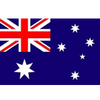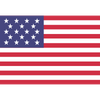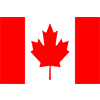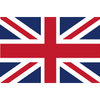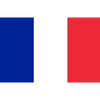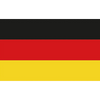Roll over image to zoom in










Payment & Security








Your payment information is processed securely. We do not store credit card details nor have access to your credit card information.
Warranty Policy | Return Policy | Q&A | Products Manuals | Buying Guides
The left-handed version of hush-i will be available soon, so click subscribe if you need it and we'll alert you via email when it hits the shelves.


Camping

Gatherings

Stage

Home Practice







Asymmetrical Neck
The asymmetrical Neck helps players perform better both in higher and lower neck positions. Also, it reduces wrist fatigue with long practice hours.

Round Frets
Donner customized round frets prevent finger cuts during practice and are very beginner-friendly.

Long Battery Life
HUSH-I guitar provides 50 hours of headphones usage or 30 days of 6.35 speaker usage. No more low battery anxiety during performance or practice.Power supply: 9V alkaline battery.

Removable Frames
The ergonomically designed metal frames are easily removable for both extremely lightweight and traditional playability. The smoothly rounded edges of the frames keep you away from cutting yourself as well.
Onboard All-in-One Hex Wrench
With onboard magnetic hex wrench storage, the guitar also comes with an all-in-one hex wrench compatible with truss rod adjustment, tuning, and frame installation with no risk of dropping it. A guitar and the included gig bag are all that are needed to secure everything.
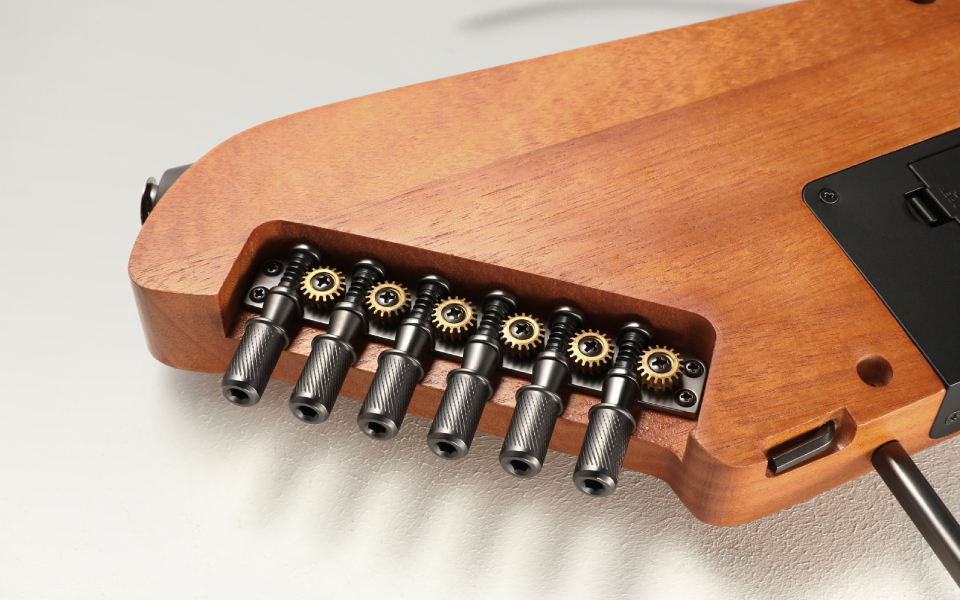
MaterialMahogany (Left-handed)FinishNatural MatteBody ShapeHushNeck MaterialMahoganyNeck ConstructionMatte FinishNeck ShapeGradientScale Length25.5" (628 mm)Fingerboard MaterialHPLFingerboard Radius240mmBridgeHPL with Bone NutTuning MachinesCustom-designed tuning machine
Number of Frets20FFret SizeRounded fretsNut MaterialBone NutNut Width43mmPosition InlaysPearloid White DotSide DotsPearloid White DotTruss RodDUAL ACTIONBridge PickupPiezo pickupHardware FinishMatteStrings MaterialAlloy Steel (.010-.047 Gauges)ManualDonner HUSH Guitar Manual.pdf

TIPS 1
After tuning accurately, hold the guitar in the playing position. Then press the first string at the first fret and also at the last fret, and measure the gap between the string and fret at the eighth fret in the same way, measure this gap for the lowest string, and make adjustments so that the gaps are in the range of 0.1-0.2 mm.

TIPS 2
Clockwise rotation can make the neck bulge, which can correct the problem that the neck is too concave and the string is too high. Anticlockwise rotation can make the neck cocave, which can correct the problem of buzzing caused by excessive neck protrusion.
QUESTIONS & ANSWERS
Have a Question?
Be the first to ask a question about this.



